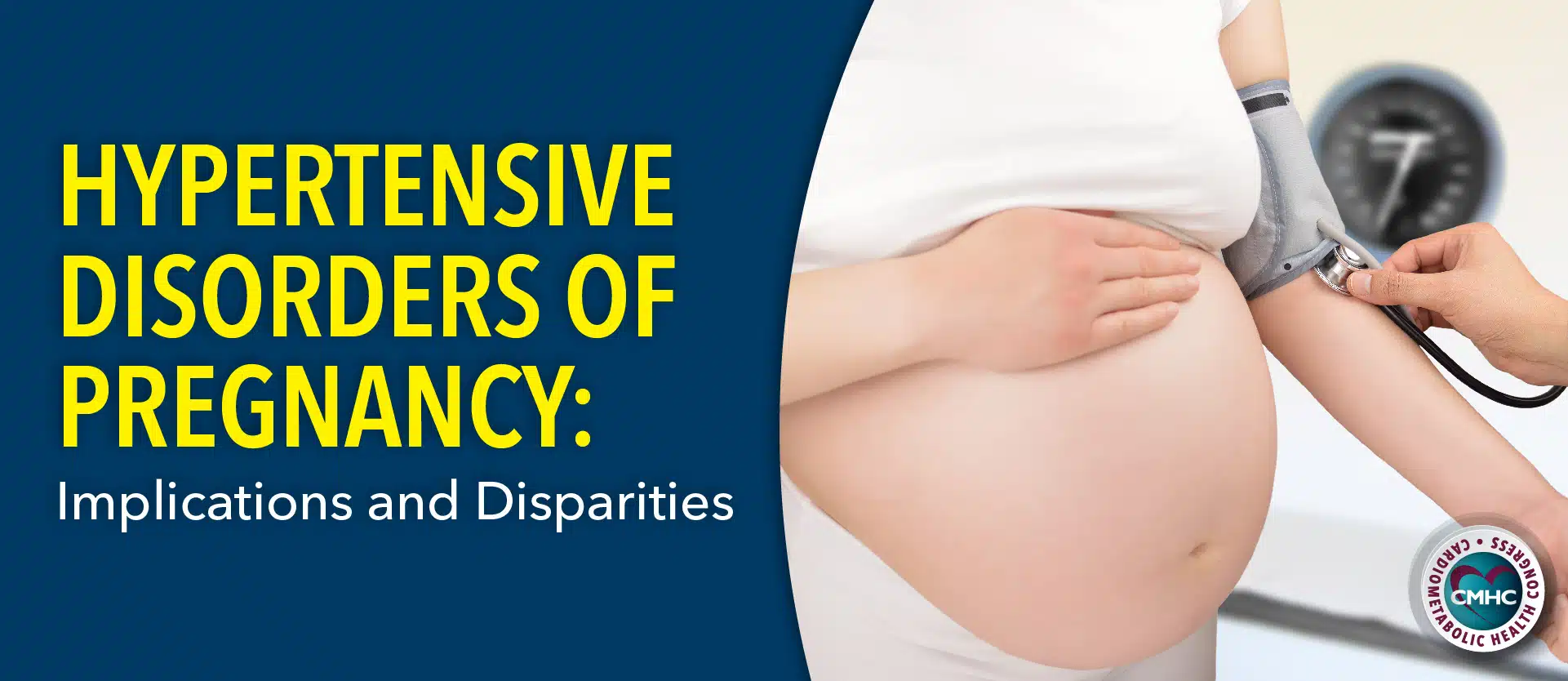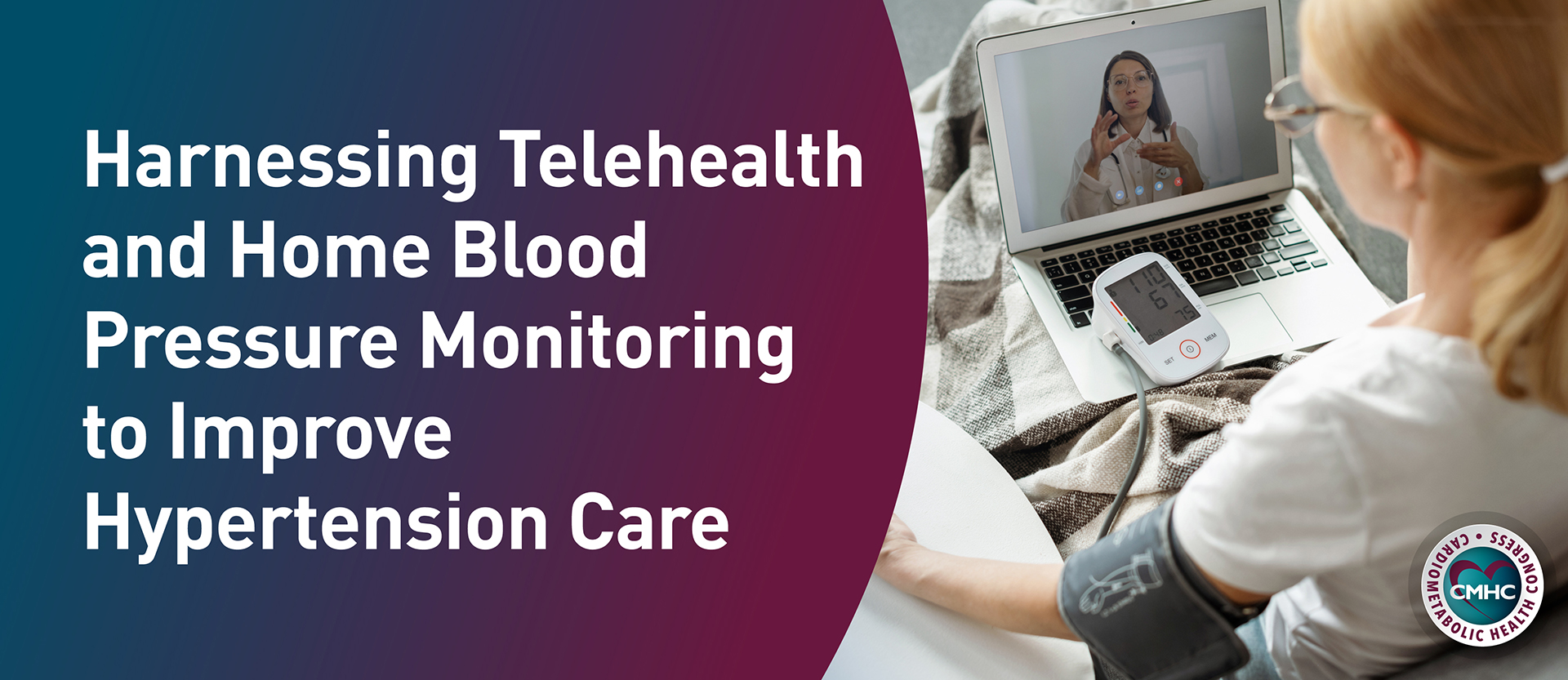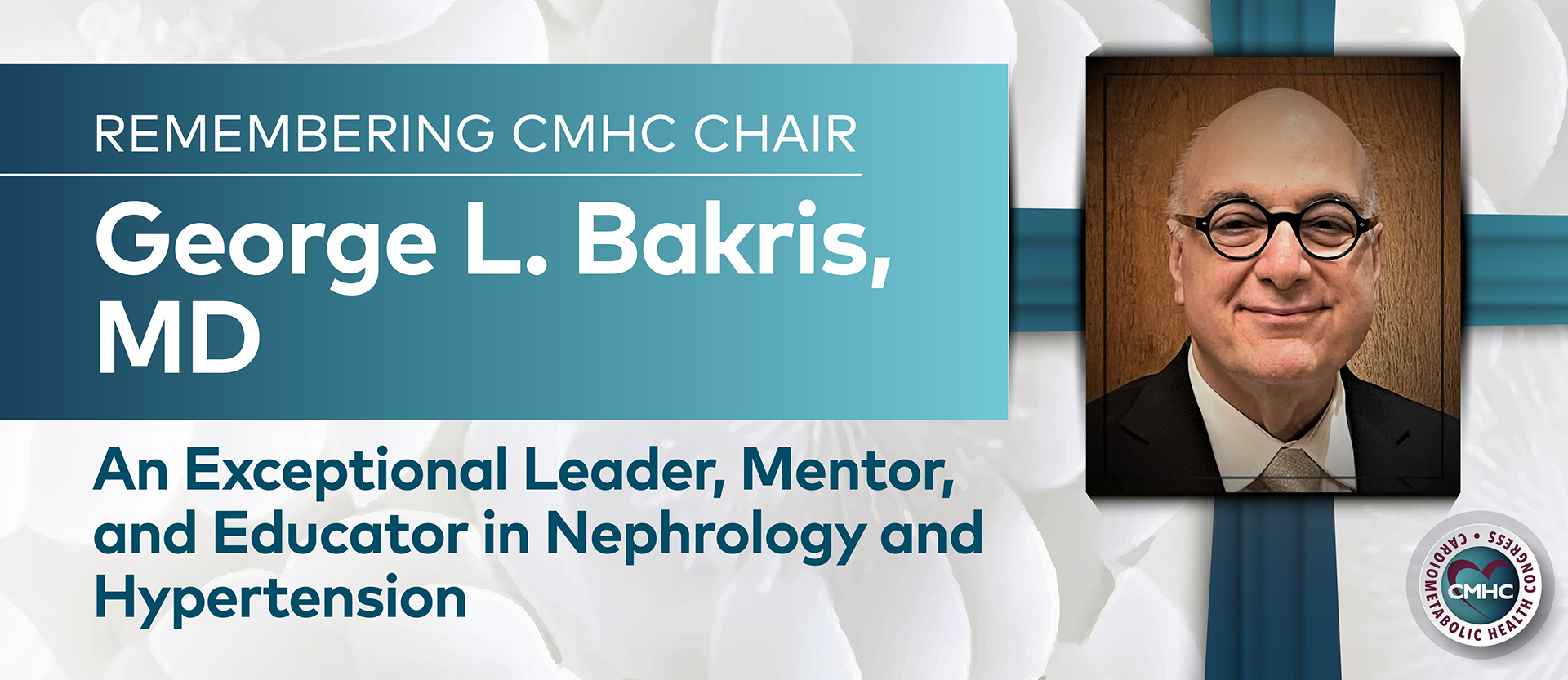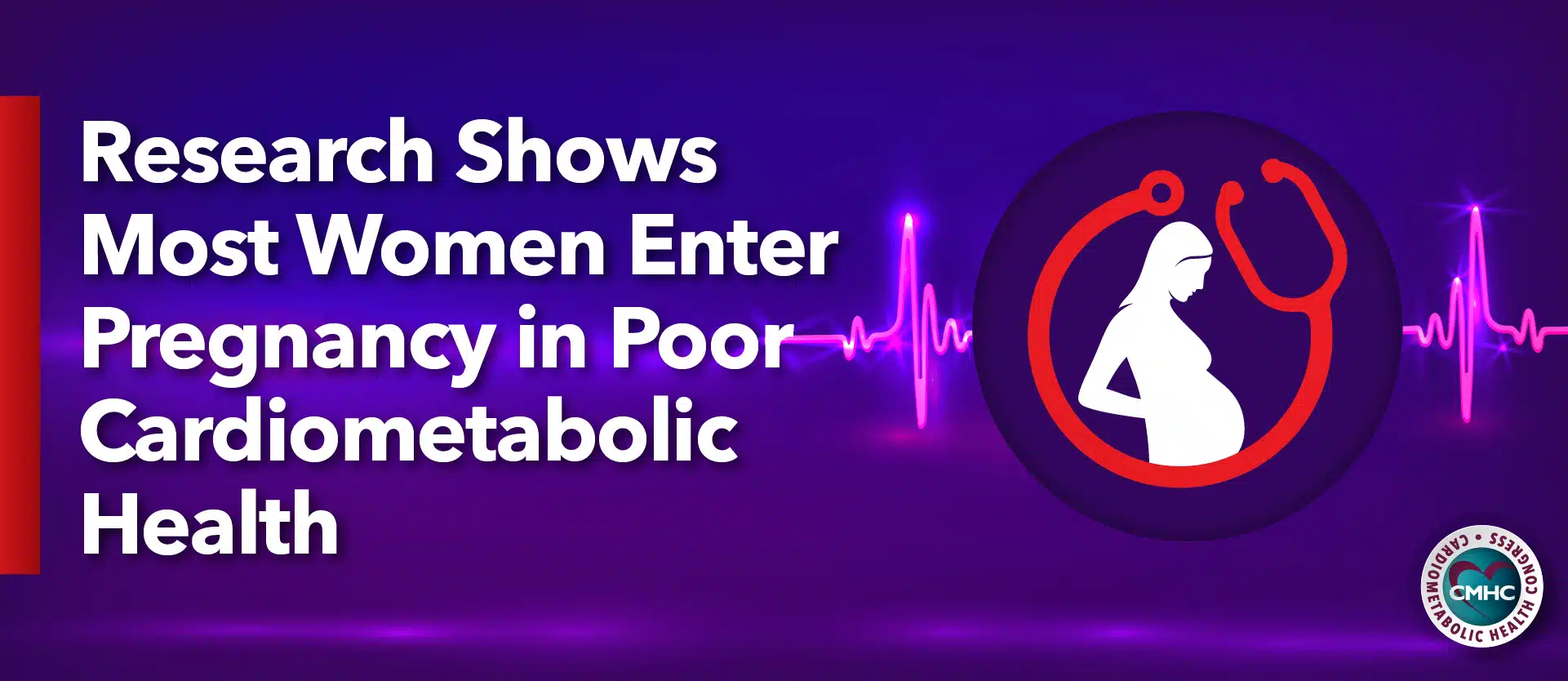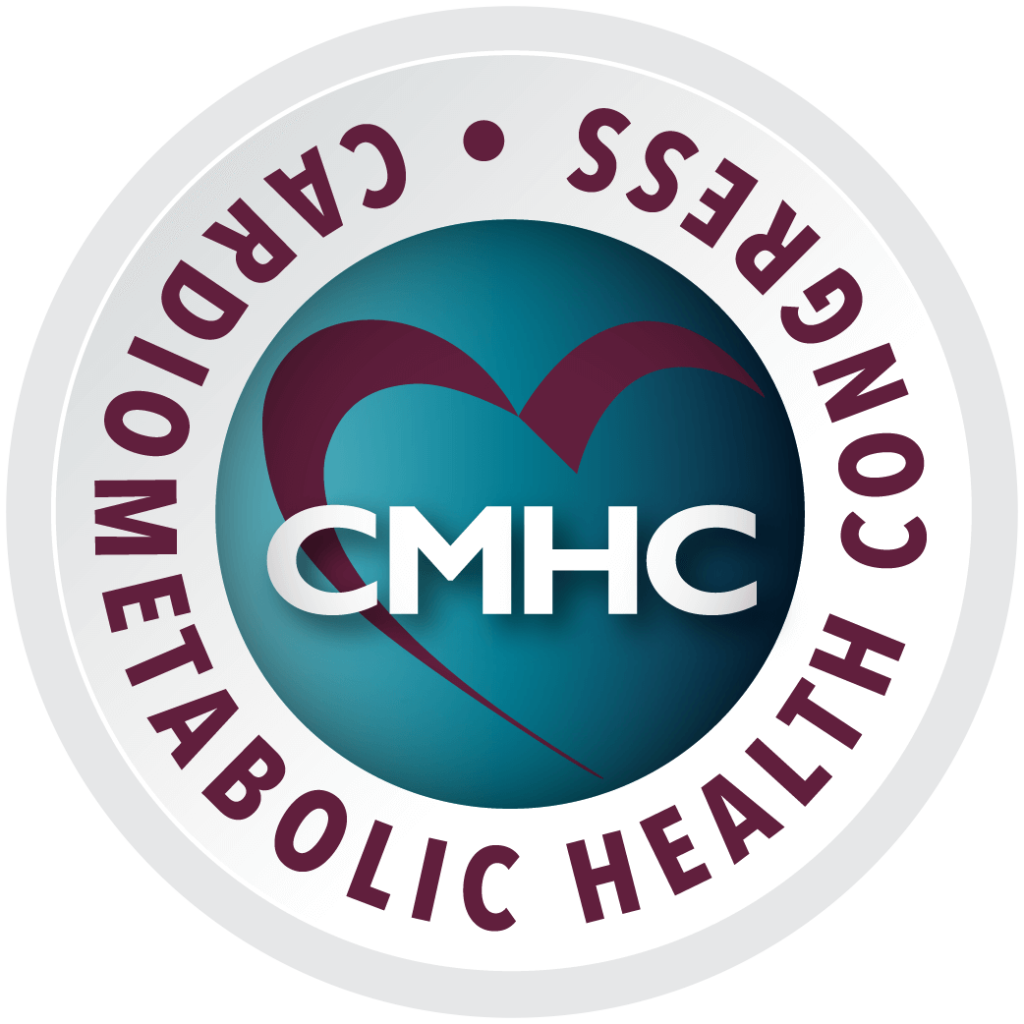This important area of women’s cardiometabolic health will be a focus of the Women’s Cardiometabolic Health and Wellness Retreat, taking place at the seaside Terranea Resort in September 2022.
Hypertensive disorders of pregnancy (HDPs) are a group of conditions that include chronic and gestational hypertension, preeclampsia, and eclampsia, and HELLP syndrome. These disorders are present in up to 10% of pregnancies, contribute to gestational complications, and represent a significant cause of maternal and perinatal morbidity and mortality. Although serious, there are therapies that can effectively prevent and control HDPs. However, factors such as disparities in care access, advanced maternal age at first pregnancy, and existing cardiometabolic risk factors mean that HDPs still present a significant public health concern in the U.S.
Physiological changes during pregnancy
As early as five weeks into a pregnancy, hormonal surges of estrogen, progesterone, and relaxin lead to systemic vasodilation in a woman’s body. An increased overall blood plasma volume combined with this vasodilation results in elevated heart rate and an increase in cardiac output to compensate for the decline in vascular resistance. These physiological changes begin a sequence of events leading to marked increases in cardiac output and intravascular volume by about 40% above prepregnant levels, which is necessary to allow for maternal and placental perfusion. While most women’s bodies adjust to these rapid changes well, some experience new or worsening hypertension that can lead to maternal and perinatal complications. Although HDPs can happen in any pregnancy, maternal age more than 40 years old, pre-pregnancy cardiometabolic risk factors, excess weight gain during pregnancy, and gestational diabetes are all associated with an increased risk of HDPs.
Diagnosing HDPs
The American College of Obstetrics and Gynecology (ACOG) recognizes lower diagnostic thresholds for pregnant women than in nonpregnant individuals, which means that someone would be considered nonhypertnensive pre-pregnacy, but hypertensive after 20 weeks of pregnancy with the same blood pressure numbers. The ACOG advises:
“Ob-gyns will need to focus more on individualized care and may find it’s best to err on the side of caution because the appropriate treatment of hypertensive diseases in pregnancy may be the most important focus of our attempts to improve maternal mortality and morbidity in the United States.”
| Hypertensive disorders in pregnancy | |
| Condition | Description |
| Chronic Hypertension | Chronic hypertension is high blood pressure present before pregnancy or diagnosed before 20 weeks of pregnancy. Women who have chronic hypertension can also develop preeclampsia. |
| Gestational Hypertension | Gestational hypertension is high blood pressure that develops at or after 20 weeks of pregnancy without evidence of protein in the urine or other heart or kidney problems. Gestational hypertension usually improves after delivery. However, some women with gestational hypertension have a higher risk of developing chronic hypertension in the future. |
| Preeclampsia | Preeclampsia occurs when a woman with previously normal blood pressure suddenly develops high blood pressure and protein in the urine or other problems (e.g., low platelet count, impaired liver function) after 20 weeks of pregnancy. Women who have chronic hypertension can also develop preeclampsia. Preeclampsia occurs in about 1 in 25 pregnancies in the U.S. |
| Eclampsia | Some women with preeclampsia can develop seizures. This is called eclampsia, which is a medical emergency. |
| Hemolysis Elevated Liver Enzymes and Low
Platelet Count (HELLP) Syndrome |
HELLP syndrome is life-threatening condition that can occur during pregnancy or soon after delivery. It can cause high blood pressure and seizures and can lead to a potentially fatal liver disorder or stroke if left untreated.** |
**From the U.S. Centers for Disease Control and Prevention website
Disparities in HDP incidence and burden
A higher disease burden from HDPs has been observed in low-income countries and low-income and ethnic minority populations within the U.S. Because the World Health Organization (WHO) advises “good quality antenatal care during the first four months of pregnancy” as an effective intervention to reduce maternal and neonatal mortality and morbidity from HDPs, it is understandable that those without access to this care experience worse outcomes.
Even when mothers have access to low-income health care or government-assisted insurance during pregnancy, most coverage ends soon after birth and thus does not address the follow-up of HDPs to ensure they cease when gestational stressors have resolved. Medicaid coverage, the largest single payer of maternity care in the U.S. (covering 43% of all births in 2017), ends 60 days after birth. At baseline, women with Medicaid insurance are already at increased risk for HDPs and poor fetal outcomes compared with women with private insurance. Consequently, it is the most vulnerable women who are exposed to even greater adversity when they lose Medicare coverage soon after giving birth.
Disparities in data
Differences in hypertension-associated maternal morbidity and mortality in low-income and racial minority populations likely reflect underlying systemic disparities in access to care and differences in social determinants of health, not physiological differences in patient populations. Treatment for HDPs is based on observational studies because conducting randomized controlled trials in pregnant women – a vulnerable population – is ethically inadvisable. This means that the pool of women enrolled as participants in most gestational studies are volunteers recruited at prenatal appointments. Because ethnic minority populations and low-income mothers are already less likely to have care access (and if they do are unlikely to have the time, resources, transportation, or means to participate) it is unsurprising that they are vastly underrepresented in these studies. More research into racial and ethnic differences in HDP burden is needed, however the issues with recruiting and maintaining contact with participants from these populations is a problem without a clear solution.
Implications for future disease
Not only do HPDs pose a maternal and perinatal risk during gestation, the rapid and dynamic changes that take place in pregnancy are commonly considered by providers to be a physiologic stress test of sorts, and an insufficient response to this stress may predict the development of future hypertensive or cardiovascular conditions. A National Institutes of Health-funded study published in the Journal of the American College of Cardiology indicates that patients who experience hypertensive complications during pregnancy have a 63% higher incidence of cardiovascular disease later in life. High blood pressure, high cholesterol, type 2 diabetes, or having obesity after pregnancy had the highest correlation between pregnancy complications and future cardiovascular events.
Researchers in this study recommend that early screening and monitoring in four key areas – blood pressure, cholesterol, glucose, and body mass index – should be a part of pre- and post-pregnancy care. Unfortunately, the investigators acknowledge that this study does not adequately address the existing disparities in this area of research, as most of the 60,000 participants of the study were white.
Key takeaway
When mothers have access to pre- and postnatal care, HDPs are largely manageable but may indicate a predisposition to cardiovascular complications in later life. However, for vulnerable low-income mothers and members of ethnic and racial minority populations, HDPs pose a significant threat to both mother and baby. While these disparities are likely attributed to systemic inequalities and not physiological differences, it will be impossible to know definitively until more members of racial and ethnic minority populations are included in the research data.
Sources:
- https://millionhearts.hhs.gov/about-million-hearts/optimizing-care/hypertension-disorders-pregnancy.html?ACSTrackingID=DM79644&ACSTrackingLabel=May%2FJune%20MH%20eUpdate%20&deliveryName=DM79644
- https://www.ncbi.nlm.nih.gov/pmc/articles/PMC6458675/#:~:text=The%20definition%20of%20hypertension%20in%20pregnancy%20has%20not,12%20The%20severity%20of%20hypertension%20is%20as%20follows%3A
- https://www.nhlbi.nih.gov/news/2022/hypertensive-pregnancy-disorders-linked-future-cardiac-events
- https://www.ncbi.nlm.nih.gov/pmc/articles/PMC7720658/#:~:text=An%20often-overlooked%20epidemiologic%20aspect%20of%20hypertensive%20disorders%20of,%287.74%25%29%20women%20compared%20with%207.2%25%20in%20white%20women.
- https://www.acog.org/news/news-releases/2018/12/acog-issues-updated-hypertension-guidance


